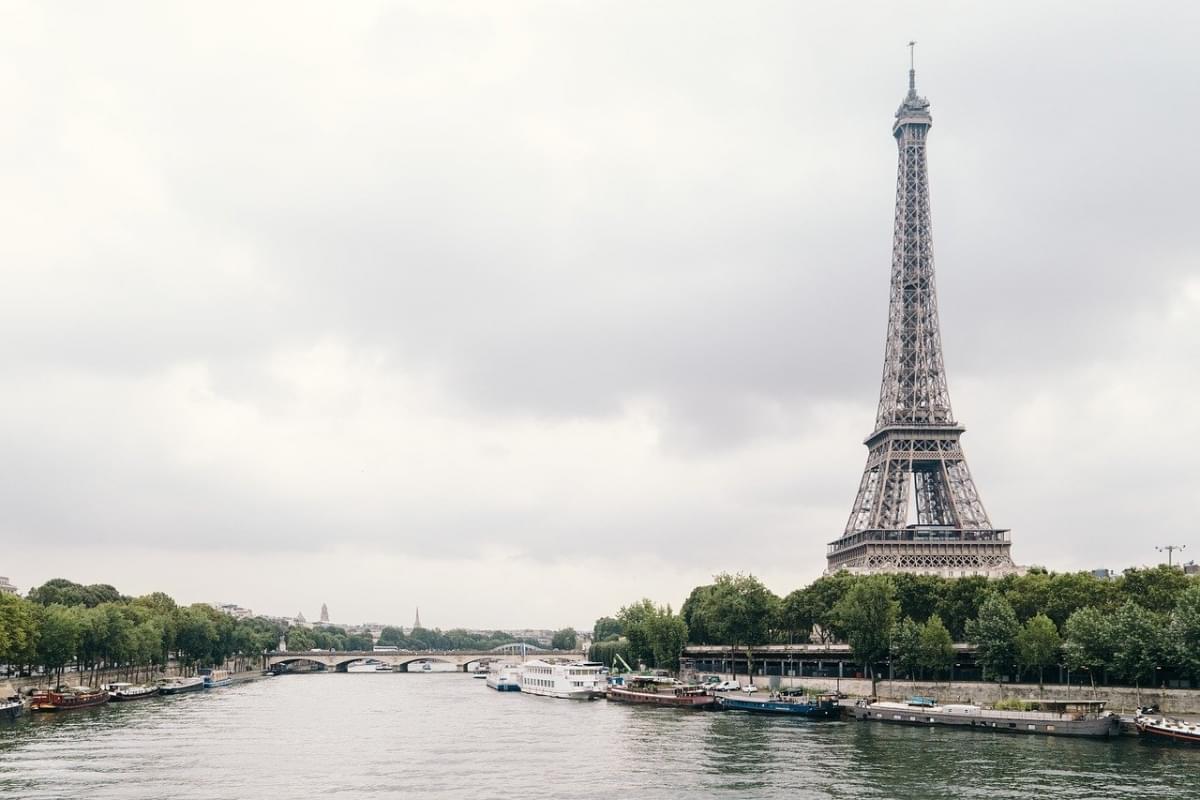 France is one of the richest European countries in terms of landscapes and panoramas. From north to south, it is possible to discover a range of regions, each with its own charm and special characteristics. Historic monuments and imposing churches meet the beauty of unspoilt nature, and it is easy to feel like climbing a mountain, reaching the Alps, or taking a dip in the beautiful waters of the Mediterranean Sea.
France is one of the richest European countries in terms of landscapes and panoramas. From north to south, it is possible to discover a range of regions, each with its own charm and special characteristics. Historic monuments and imposing churches meet the beauty of unspoilt nature, and it is easy to feel like climbing a mountain, reaching the Alps, or taking a dip in the beautiful waters of the Mediterranean Sea.
France is not only Paris, with its unquestionable eternal beauty, it is much more: it is culture, history, gastronomy, art and nature, all together in a single territory that deserves to be explored in all its hidden corners. Here is a small guide on what to see in France: cities, regions, attractions and recommended itineraries.
France's main cities
Paris: a capital city not to be missed, home to eternal museums and monuments, from Notre-Dame Cathedral to the Louvre, from the Champs-Élysées to the beautiful Montmartre district
Lyon: about 2 hours by train from Paris, this is the city where the Old Town, Europe's oldest Renaissance quarter, is located
Nice: France's third most important airport after the capital is located here. Located on the Côte d'Azur, the city is the perfect destination for relaxing on the beach
Bordeaux: known for its wine-making tradition, the city is embellished with beautiful Gothic and Baroque buildings
Strasbourg: on the border with Germany, this city is home to important European Union palaces and is known for its many canals
Avignon: an elegant medieval town that was the papal seat in the 14th century. The city's bridge has been listed as a UNESCO World Heritage Site
Marseille: the most eccentric city in France, home to the nation's most important port
Arles: a small city rich in history and culture, as well as landscapes that inspired the masterpieces of the painter Van Gogh
Biarritz: overlooking the Atlantic Ocean, it is the capital of surfing and cliffs smoothed by the natural action of the sea and wind
La Havre: the city centre has been declared a Unesco World Heritage Site, one of the few in Europe built in the post-war period, covering 133 hectares
10 things to see: France's top sights
Paris, the Eiffel Tower and its Museums: a trip to the capital must necessarily include a photograph from the top of the Eiffel Tower and at least one visit to the Louvre and the Musée d'Orsay
Disneyland Paris: 32 km from Paris, this is the world's most famous amusement park complex
Palace of Versailles: not far from Paris, it is the most majestic 17th-century royal complex in the country, commissioned by the Sun King, Louis XIV.
Nice and the Côte d'Azur: beaches where you can find sunshine almost all year round, with fine sand and crystal-clear sea, and charming villages and towns such as Eze, Menton, Antibes, Cannes and Saint Tropez.
Cathedral of Our Lady of Strasbourg: one of the most important and impressive churches in France, 142 metres high and built in Romanesque and Gothic style
Village of Turckheim: one of the most characteristic places in Alsace, with half-timbered and pastel-coloured houses, a fairy-tale and almost surreal place
Cliffs of Etrat in Normandy: blue roofs sprouting from white chalk cliffs, at Etrat the spectacle can be enjoyed along the footpaths overlooking the sea
Gorges du Verdon, the canyon of Provence: spectacular gorges created naturally by the Verdon river, surrounded by lush vegetation
The Gulf of Marseille and the Château d'If: the castle made famous by Dumas' novel, The Count of Monte Cristo
Ussé Castle and the Châteaux de la Loire: a Renaissance and Gothic-style castle on the banks of the River Ildre in the Loire region. It is the place where the fairy tale of Sleeping Beauty was written and set. There are many other ancient and evocative castles in the same region.
The main itineraries in France
Art, culture, nature, gastronomy, excursions: you can really do and see everything in France, you just need to arm yourself with a lot of curiosity and a desire for small and big adventures. No matter how you are travelling, whether alone, as a couple, family or group, you can create the perfect itinerary for you!
Here are the main itineraries in France:
A weekend inParis: for a weekend in France, the perfect destination is Paris, the capital of art. From the Lovure Museum to the Musée d'Orsay, from the Grand Palais to the Musée de l'Orangerie, maybe even spend a day at Disneyland Paris - more info
Journey into thegastronomy and wine tradition of Aquitaine: after eating and drinking in the best restaurants in Bordeaux, it becomes impossible to resist an exploration of the medieval villages that carpet the region, such as La Rochelle, La Île de Ré and Saint-Émilion. For such a trip, you must dedicate at least five days
Lavender route: a week to spend between the end of May and July in the landscapes of the lavender fields in Provence, visiting Aix en Provence, Isle-sur-la-Sorgue, Gordes the village of Roussillon and Valensole.
TheAlsace wine route: during the Route des Vins, you stop over 6 days in small villages with colourful half-timbered houses and taste the fine local wines. It starts in Strasbourg, continues via Molsheim, Rosheim, Ribeauvillé, Riquewihr and ends in Colmar
Brittany and Normandy: a trip of at least 10 days to discover the coastal landscapes of these two regions, including beaches and large cliffs, by car. Stop in Giverny, Rouen, the Alabaster Coast, the port town of Treville, Caen, the beach of the Normandy landings, Mont Saint Michael
The main tourist regions
There are 13 regions in metropolitan France, each of which is divided into districts. Each region has certain morphological and cultural characteristics. The most touristy and visited regions are certainly Île-de-France, Normandy, Alsace, Burgundy, Brittany, New Aquitaine and the Provence-Alpes-Côte d'Azur region.
Let's discover them together in detail:
1 - Île-de-France
 This is the northern region that includes the French capital, Paris, and other places of interest such as Boulogne-Billancourt, Saint-Denis, Argenteuil and Versailles. Obviously, Paris is home to the most famous monuments and buildings, such as the Eiffel Tower, the Louvre museum, Notre Dame cathedral and the Arc de Triomphe, but in the rest of the region there are small and large gems to discover.
This is the northern region that includes the French capital, Paris, and other places of interest such as Boulogne-Billancourt, Saint-Denis, Argenteuil and Versailles. Obviously, Paris is home to the most famous monuments and buildings, such as the Eiffel Tower, the Louvre museum, Notre Dame cathedral and the Arc de Triomphe, but in the rest of the region there are small and large gems to discover.
One of them is the Château de Versailles, located in the Paris suburbs, the opulent royal residence dating back to the reign of Louis XIV, the Sun King.
Other lesser-known but equally fascinating castles are the Château de Vincennes, among the highest fortresses in Europe (up to 50 m), built in 1377, the Château de Fontainebleu, 60 km south-east of the capital, in Renaissance and classical style, also used as a royal residence.
Those who want to travel back in time can visit the beautiful medieval village of Provins, located in the Seine-et-Marne department. Finally, there are some very interesting buildings in the town of Meaux, such as the museum dedicated to the Great War and the large Sainte-Etienne cathedral, in Gothic style.
Main towns: Paris (capital), Boulogne-Billancourt, Jouy-en-Josas, Meaux
Main attractions: Eiffel Tower in Paris, Louvre Museum in Paris, Notre Dame Cathedral in Paris, Musee d'Orsay in Paris, Palace of Versailles, Château de Vincennes, Château de Fontainebleu, Walls of Provins, Sainte-Etienne Cathedral in Meaux
Best period: between late spring and summer, so from May to September
2 - Normandy
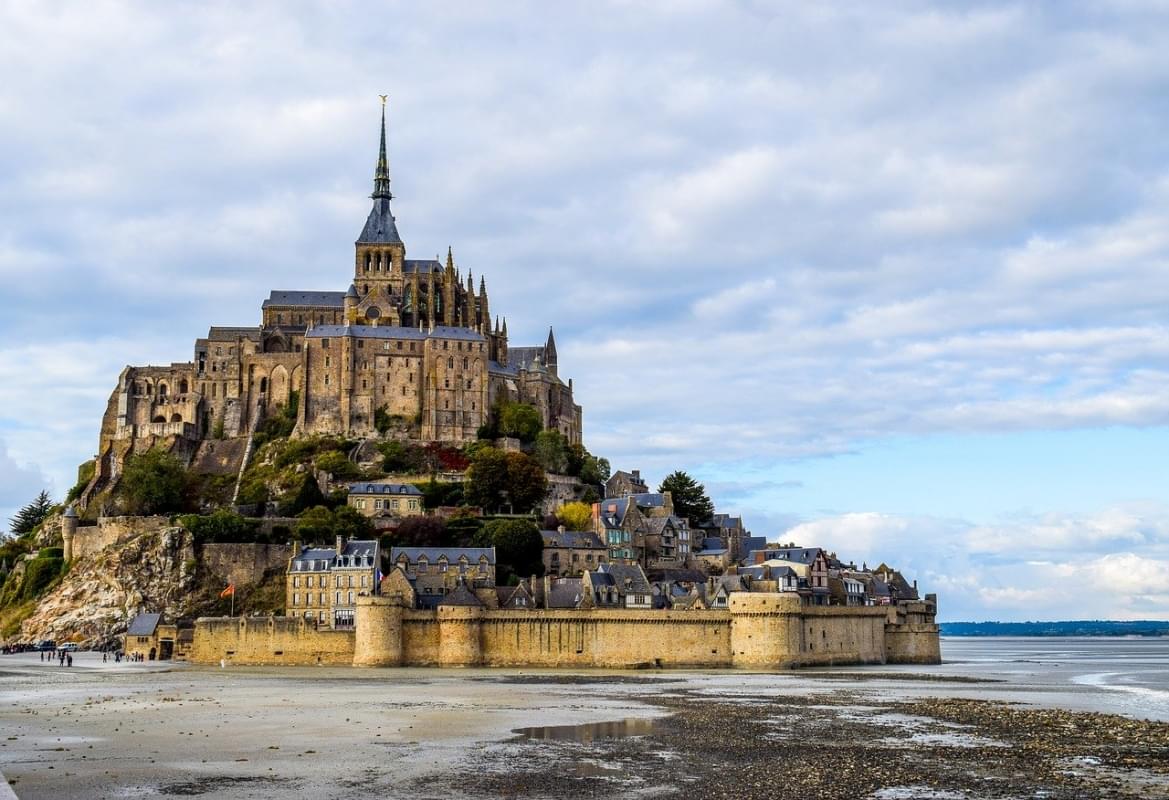 Normandy is the French region located in the north-west and overlooking the English Channel.
Normandy is the French region located in the north-west and overlooking the English Channel.
The region, from a tourist point of view, is divided into Upper and Lower Normandy. In the former are the cities of Rouen and Le Havre crossed by the Seine and with a medieval Gothic appearance, in Lower Normandy, on the other hand, we find the cities of Bayeux and Honfleur, and is the area known for the Allied landings in 1944.
Rouen, since 2002, has had the label'city of art and history' and can boast a high number of Gothic houses and churches, such as the Notre-Dame Cathedral and the Gros-Horloge, the building housing one of the oldest astronomical clocks in Europe.
An impressive panorama awaits you on the cliffs of Etrat, the commune of 1500 inhabitants located in the Seine-Maritime district, overlooking the English Channel and a popular seaside resort. Equally pretty are the towns of Honfleur, with its beautiful harbour, and Giverny, where you can visit Monet's house, as well as lose yourself in the landmarks of French Impressionism. Finally, a visit to the places marked by the landings of '44, such as the beach at Arromanches, is very touching.
Main towns: Roune (capital), Le Havre, Bayeux, Honfleur, Caen
Main attractions: Notre-Dame Cathedral in Rouen, Saint Quen Church in Rouen, Gros-Horloge in Rouen, Cliffs of Etrat, Port of Honfleur, Monet's House and Gardens in Giverny, Normandy Landing Sites, the islet of Mont Saint-Michel
Best time: during the summer, as this is when there are many sunny days
3 - Villages of the Loire
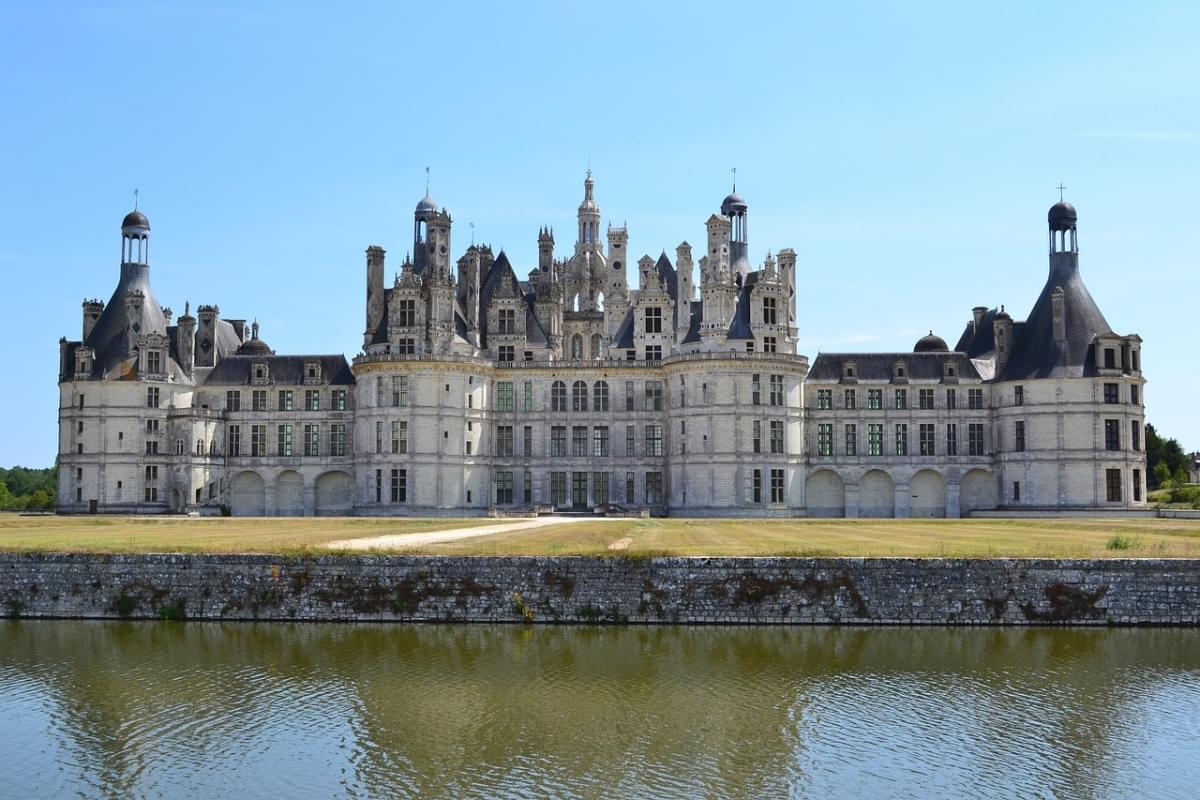 The Pays de la Loire region is located in the northern part of France and borders Brittany to the north-west, Normandy to the north and the western coasts are washed by the Atlantic Ocean. In addition, it is developed in the Loire Valley, which has been declared a UNESCO World Heritage Site.
The Pays de la Loire region is located in the northern part of France and borders Brittany to the north-west, Normandy to the north and the western coasts are washed by the Atlantic Ocean. In addition, it is developed in the Loire Valley, which has been declared a UNESCO World Heritage Site.
Its capital is the city of Nantes, located right on the banks of the river. Once a mainly industrial city, today it has transformed factories and warehouses into cultural centres hosting exhibitions and events. A must-see is the beautiful Cathedral, the Château des Duc de Bretagne and Les Machines de l'Ile de Nantes. In addition, there are many art museums, one more beautiful than the other!
But this region is not just Nantes. We recommend you rent a car and discover the Loria Valley and its wonderful castles! There are so many of them, and among the most beautiful are the Château d'Amboise, the Château de Chenonceau, the Château de Chambord and the Château de Blois.
Main cities: Nantes (capital), Angers, Laval, Le Mans, La Roche-sur-Yon
Main attractions: Loire Valley, Château des Duc de Bretagne in Nantes, Les Machines de l'Ile de Nantes in Nantes, Amboise Castle, Chenonceau Castle, Chambord Castle ,Blois Castle, Le Mans, Fortified City of Guérande, Fontevraud Abbey
Best time: late spring, when the château gardens are in full bloom and at their best; generally, the whole period from May to October
4 - Alsace
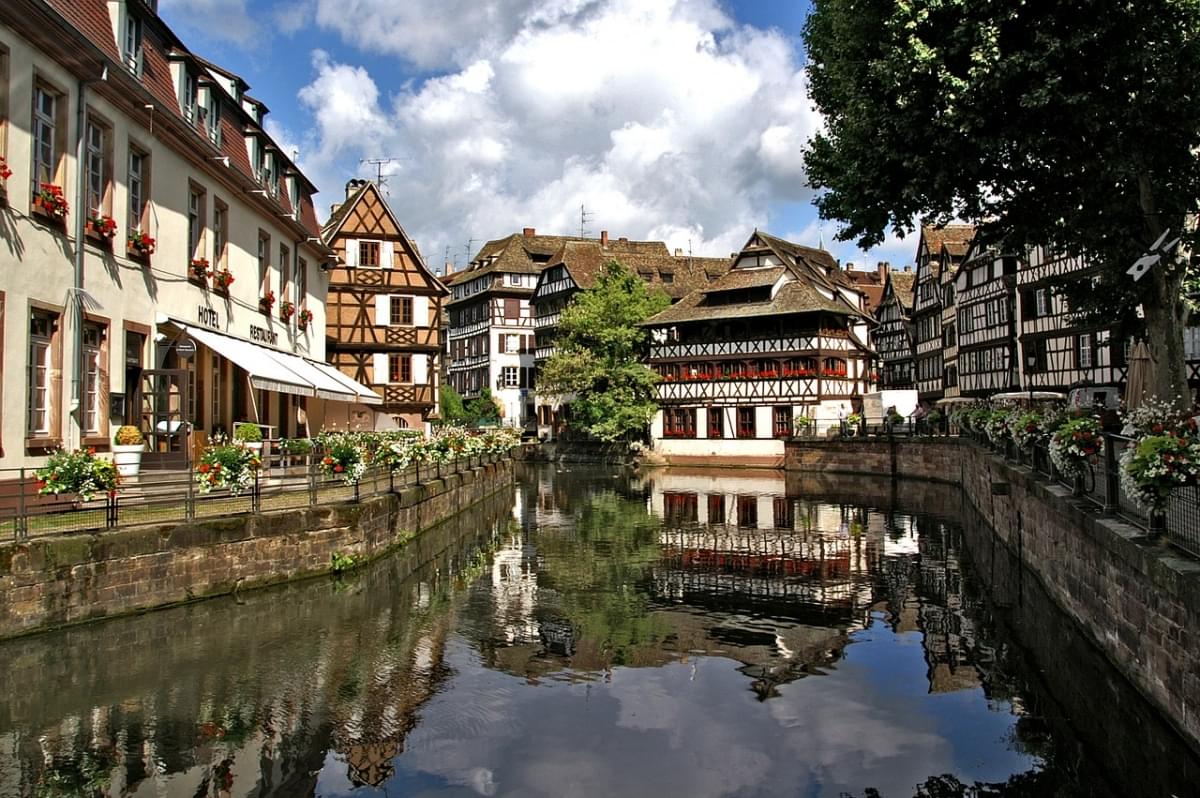 One of the smallest and most disputed regions, Alsace only officially became part of France in 1919, at the end of the First World War. Its location made it a border region, attached to Switzerland and Germany, from which it was strongly influenced, culturally and otherwise.
One of the smallest and most disputed regions, Alsace only officially became part of France in 1919, at the end of the First World War. Its location made it a border region, attached to Switzerland and Germany, from which it was strongly influenced, culturally and otherwise.
The capital Strasbourg is geographically the heart of Europe; it is no coincidence that the European Parliament is based here. The city is full of old-world charm and modern innovation. One of the most important buildings is the Cathedral, with its 142-metre-high spire built in the Gothic style.
A must-see, then, is Colmar, the city criss-crossed by canals on the river Lauch, on which the beautiful colourful houses with sloping roofs and Gothic churches are reflected. Its appearance is fairytale-like and almost surreal. An atmosphere, on the other hand, influenced by the German style, is breathed in Mulhouse, the second most important city in the region where, among other places of interest, there is the Automobile Museum with hundreds of vintage car models.
Main cities: Strasbourg (capital), Colmar, Mulhouse, Eguisheim
Main attractions: Cathedral of Our Lady in Strasbourg, The Museum of Modern and Contemporary Art in Strasbourg, Colmar, the village of Riquewihr, La Maison des Têtes and Maison Pfister in Colmar, the village of Turckheim
Best period: between May and September
5 - Burgundy
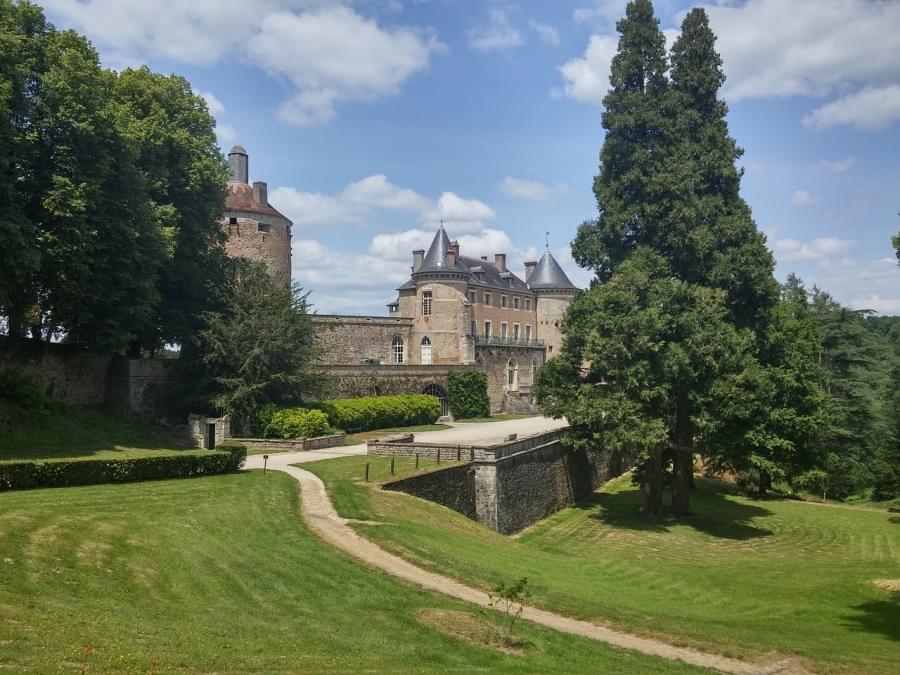 The Burgundy region is located in the centre of France and is known worldwide for its gastronomic specialities and wine tradition.
The Burgundy region is located in the centre of France and is known worldwide for its gastronomic specialities and wine tradition.
Not only that, in this region there are places steeped in history and art. Just think of Dijon, the capital, where the city's Castle stands in Place de la Libération, once a ducal residence and now home to the Museum of Fine Arts.
But the Dukes of Burgundy also endeavoured to leave behind a symbol of their greatness: the Philippe-le-Bon Tower is an impressive 46 metres high, and the top can be reached by climbing no less than 360 steps, from where one can admire the panorama overlooking elegant Dijon.
To immerse oneself in the wine culture of the area, one can take one of the wine route itineraries, the Route de Vins, a trip through the vineyards and the French countryside.
An excursion to get to know the unspoilt and lush nature of Burgundy is a visit to the Morvan Regional Nature Park, an area covering 281,400 hectares. Lakes, streams, trails and forests: here, tourists can rediscover an exclusive relationship with the environment, while also visiting towns and castles surrounded by greenery.
Main cities: Dijon (capital), Autun, Auxerre, Macon
Main attractions: Dijon Castle and Museum of Fine Arts, Dijon Philippe-le-Bon Tower, Route de Vins, Morvan Nature Park, Hôtel-Dieu, Fontenay Abbey, Guédelon Castle
Best period: the climate is continental, so winters are harsh. Spring and summer are the best seasons
6 - Brittany
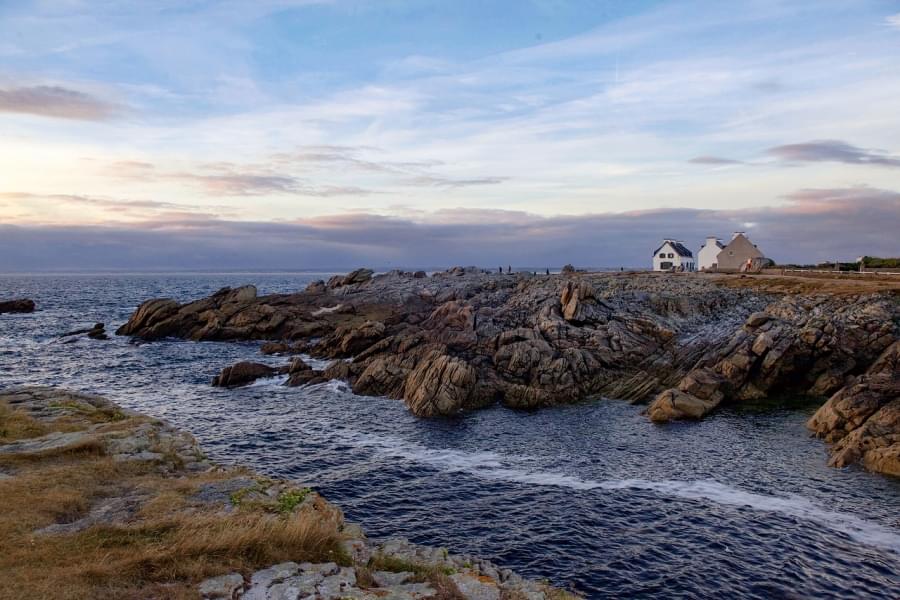 Situated in the westernmost part of France, Brittany is the region famous for its rugged coastline close to the Atlantic Ocean.
Situated in the westernmost part of France, Brittany is the region famous for its rugged coastline close to the Atlantic Ocean.
The name comes from the Breton population, who settled in these areas by moving here from Britain. The capital, Rennes, is an ancient city with Celtic charm and is also very active and lively due to the high number of university students.
There are many interesting buildings in the city, such as the Town Hall, built in the 16th century, the Opera, the elegant and majestic Cathédrale Saint-Pierre, Champs Libres, the huge building that houses the Museum of Brittany and the Library, from the top of which you can have a magnificent view of the entire city.
There are truly fascinating places on the Breton coast, where the natural movement of the sea and the activity of the winds has harmoniously shaped rocks and cliffs. This is the case of the Pink Granite Coast, which fills up with tourists in summer, or Côte des Ajoncs, the Quiberon peninsula. And for lovers of greenery, there is also the forest of Brocéliande, the one from which the story of King Arthur and the Knights of the Round Table originated.
Main towns: Rennes (capital), Brest, Quimper, Saint-Malo.
Main attractions: Rennes City Hall, Rennes Opera, Cathédrale Saint-Pierre in Rennes, Champs Libres in Rennes, Pink Granite Coast in Trégor, Côte des Ajoncs, Brocéliande Forest, Port of Douarnenez.
Best period: summer, therefore from June to August, since during the year the influence of the Atlantic Ocean causes a lot of rainfall.
7 - New Aquitaine
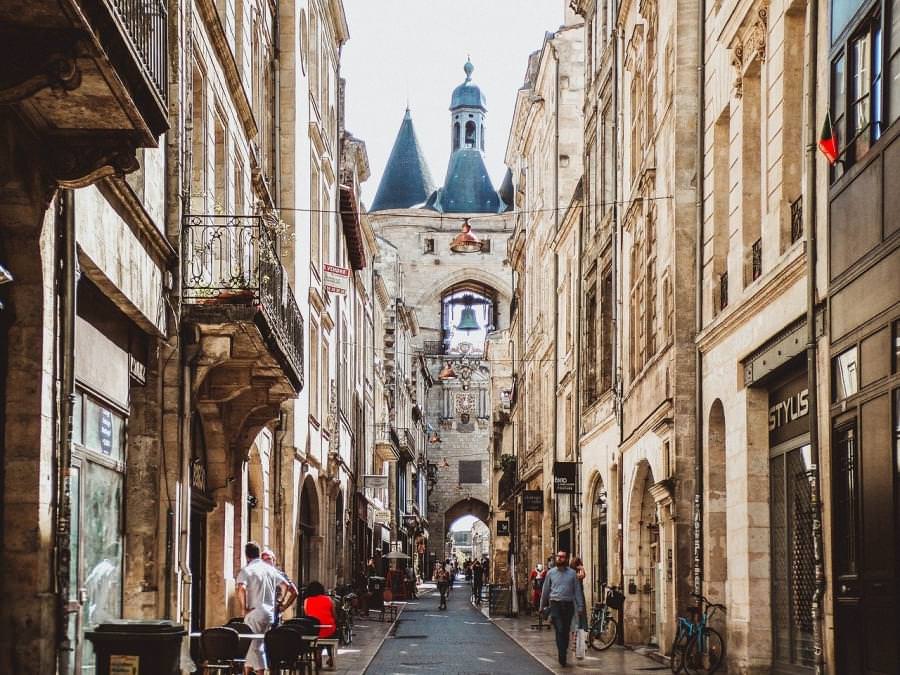 The extensive region of New Aquitaine is located in the south-western part of France.
The extensive region of New Aquitaine is located in the south-western part of France.
Its origin is very ancient, as its name suggests that it was founded by the Romans, and its capital is Bordeaux, which lies on the Goronna River and is known throughout the world for its wine-making tradition.
In Bordeaux, there are buildings of remarkable beauty, such as the Cathedral of St. Andrew and the 114-metre-high Church of Saint Michel, which houses the Chapel of St. James, the destination of the Way of St. James of Compostela. The city is also home to the Museum of Fine Arts, one of the most important in France.
Very popular with tourists from all over the world are the 250 km long coasts of Aquitaine, consisting of fine sand and numerous charming-looking harbours. For surfers, there are the resorts of Biarritz and Biscarrosse. Other places of interest are in Saint-Émilion, where there is a monolithic and a Romanesque church, and in Montignac, where you can visit a reproduction of the Lascaux cave, closed to the public for restoration work and containing important cave paintings.
Main cities: Bordeaux (capital), Agen, Bayonne, Biarritz
Main attractions: St Andrew's Cathedral in Bordeaux, Saint Michel Church in Bordeaux, Bordeaux Museum of Fine Arts, Lascaux Cave, Pilat Dune, Gallienus Palace, Saint-Émilion
Best period: May to October
8 - Provence-Alpes-Côte d'Azur
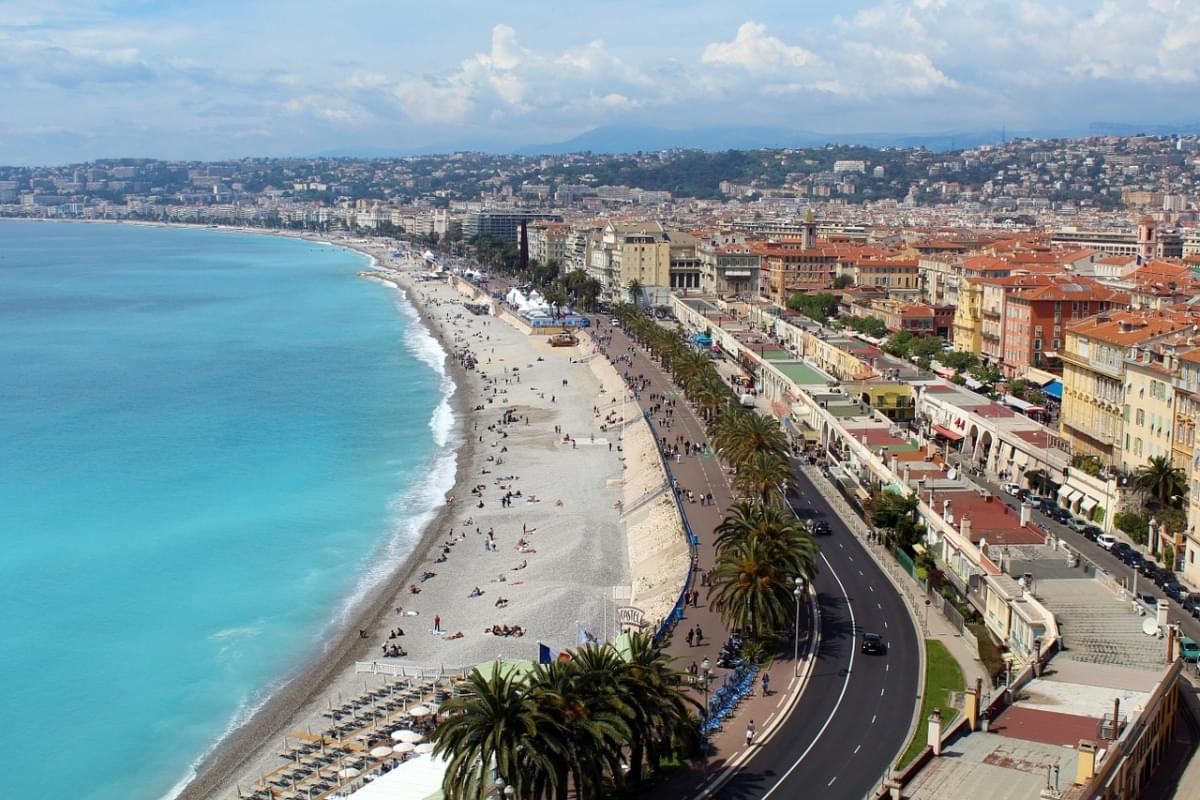 The Provence-Alpes-Côte d'Azur region is located in the southern part of France. In the mountainous area, due to the altitude, the climate is decidedly cold, whereas along the coast bathed by the Mediterranean Sea, the climate is temperate. Considering the natural variety of the area, there is a wide range of activities to choose from in this region: winter spots in the mountains, walks and hikes along the Calanques de Cassis or on La Meije, bathing and diving on the Côte d'Azur beach, a nice picnic near the Lac de l'Oronaye.
The Provence-Alpes-Côte d'Azur region is located in the southern part of France. In the mountainous area, due to the altitude, the climate is decidedly cold, whereas along the coast bathed by the Mediterranean Sea, the climate is temperate. Considering the natural variety of the area, there is a wide range of activities to choose from in this region: winter spots in the mountains, walks and hikes along the Calanques de Cassis or on La Meije, bathing and diving on the Côte d'Azur beach, a nice picnic near the Lac de l'Oronaye.
Sport and relaxation, then, but not only. Provence offers splendid natural landscapes, with endless lavender fields and flowering meadows, and it is no coincidence that it is the most artistic place in France: Van Gogh stayed in Arles for more than a year, during which he painted his most famous works. And then there is Marseille, the lively capital of the region, with its bustling Old Port and hub of the city.
In Avignon, you can also visit a building that has made history: the Palais des Papes, the majestic papal residence that has forged the city's entire aesthetic.
Main cities: Marseille (capital), Arles, Avignon, Cannes, Nice
Main attractions: Marseille's Old Port, Côte d'Azur, the Palace of the Popes in Avignon, Luberon National Nature Park, Calanques de Cassis, Antique Theatre in Orange, Lavender Fields in Sainte-Croix and Manosque, Gorges du Verdon
Best period: May to October, between June and July you can admire the lavender fields in the Valensole area
Related articles
30 (great) ideas for your next hikes in France

Overseas: the islands of France
What are the 20 sunniest cities in France?
Discover the 20 hottest cities in France

What to eat in France: typical dishes, tips and curiosities about French cuisine

Urbex: discovering abandoned places across France and Europe
5 ghost towns to visit in France
Our selection of the best Christmas destinations in France